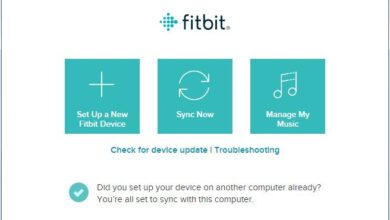visionOS: Striving for iOS-like triumph, can it deliver?

Apple recently revealed its latest operating system, visionOS, designed specifically for the upcoming Vision Pro headset. The tech giant emphasized that visionOS has been carefully developed to meet the requirements of spatial computing.
During the Worldwide Developers Conference 2023, Apple made several announcements, including the introduction of their new operating system. The focus of this operating system is to present digital elements overlaid onto the physical world. In a recently released video, Apple showcased advancements such as suspended icons and windows seamlessly blending with real environments.
Image courtesy of Apple
You can operate the headset primarily through the use of your eyes, hands, and voice. Apple demonstrated a new feature that enables users to input text by speaking into a search field. Users can also interact by pinching their fingers to select items or flicking their fingers upwards to scroll through a window. Another notable feature of the Vision Pro is “EyeSight,” which allows users to project their eyes onto the exterior of the headset.
Apple considers the Vision Pro as a tool to enhance productivity, as demonstrated during a recent event. In the demonstration, an individual was seen examining different items, including Safari, Messages, and Apple Music windows, all suspended above a table in the physical world. Apple also showcased a floating keyboard during the presentation. The Vision Pro can establish a connection with a Mac, allowing users to magnify their Mac’s display on the headset.
Reports suggest that the device will offer significant entertainment capabilities. Apple demonstrated the ability to enlarge windows by pinching their corners, showcasing a clip from the show Foundation. A new feature called Environments was also highlighted, which enables users to display their screens on various backgrounds like a cinema-like setting or in front of Mt. Hood, providing a personalized viewing experience. The Vision Pro will also support 3D movies, and Disney is developing content for its virtual reality headset. Disney CEO Bob Iger confirmed that Disney Plus will be accessible on the headset from its launch day.
The Vision Pro, Apple’s upcoming device, will support gaming and game controllers. In a demonstration, Apple showcased a person using the PS5 DualSense headset with the Vision Pro. During their keynote, Apple announced that over 100 titles will be available to play on the first day of Apple Arcade’s launch.
Image courtesy of Apple
Equipped with a 3D camera, the Vision Pro allows users to capture spatial photos and videos that can be viewed within the headset. Panorama photos have the ability to extend beyond the user’s field of vision when seen through the device. Apple has also announced spatial enhancements for FaceTime. In a press release, the company mentioned that users wearing the Vision Pro during a FaceTime call will be represented as a digital persona. This persona is generated using advanced machine learning techniques and mirrors the user’s facial expressions and hand movements in real-time.
Apple has revealed that visionOS will introduce a new App Store, providing users with the ability to download apps specifically designed for the Vision Pro headset. The Vision Pro will also have extensive compatibility with a large number of iPhone and iPad apps, estimated to be in the hundreds of thousands, as stated by Apple.
The launch of Apple’s latest operating system marks a significant moment for both the company and developers.
All things considered, the question remains: Will visionOS ever achieve the same level of success that iOS did?
Only time will tell, but with Apple’s determination and the ongoing efforts of developers, the future holds great potential for visionOS to carve its own path and reach unprecedented heights. What are your thoughts? Do you believe visionOS has what it takes to reach iOS-level success?
Thank you for being a Ghacks reader. The post visionOS: Striving for iOS-like triumph, can it deliver? appeared first on gHacks Technology News.
gHacks Technology News

